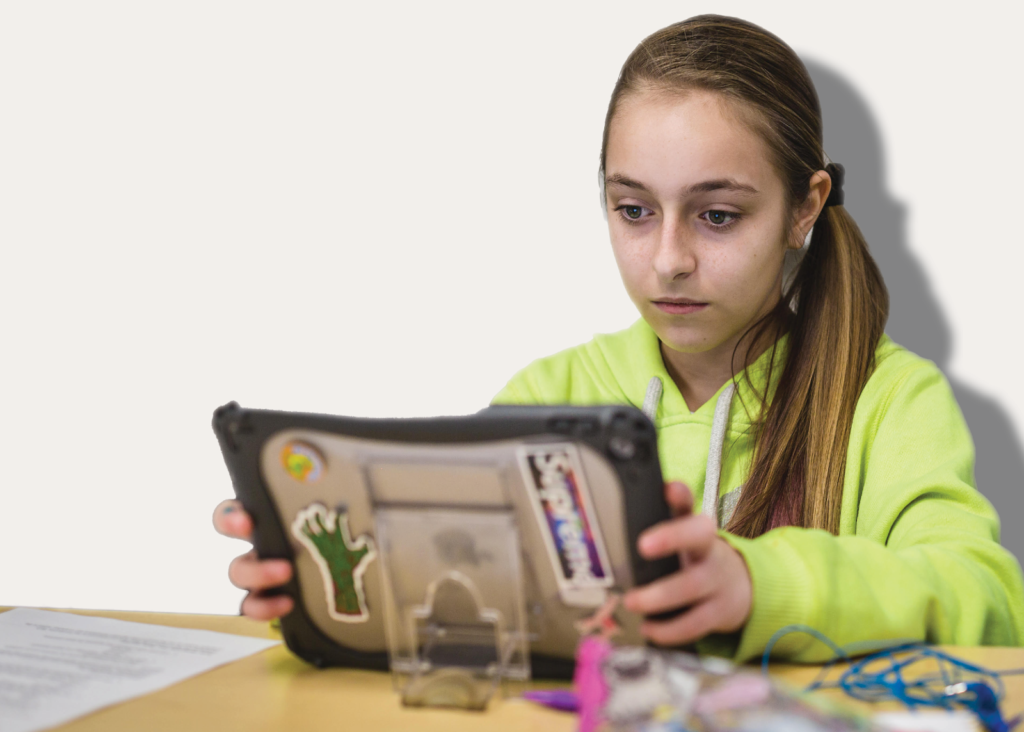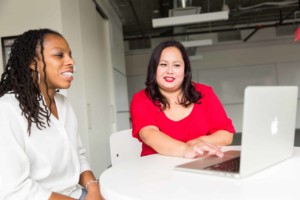Four Strategies for School Leaders to Build Lasting and Positive Change during COVID-19

By Heather Hiebsch and Dan Melendrez
During the uncertain COVID-19 educational landscape, it is easy to find yourself on either side of the spectrum — either doom and gloom *or* cheerleading this as the moment of innovation.
The reality is somewhere in between.
It is hard to be innovative when you’re exhausted or anxious. However, educators have been shouting from the rooftops for decades about the need for systemic change in the way public education is delivered – and this crisis is forcing many to evolve.
While no school is immune from the long list of challenges 2020 has presented, some schools are rising to the surface – one such school is Florence JR/SR High School in Colorado.
As an organization working with hundreds of schools, teachers, and administrators to develop strategies to keep students engaged through pandemic-related learning scenarios, we have taken learnings from the past several months, alongside the direct experience of Principal Dan Melendrez from Florence JR/SR High School to share some commonalities and recommendations from that can help us all as we move into the second half of the year:
1) Cultivate a growth mindset.
Modeling continuous improvement and embracing data-driven PD is a pathway to grow, improve, and be at the forefront of teaching practice. In these schools:
- Coaching and PD are welcomed, embraced, and shared among departments.
- Coaching is not seen as “one more thing to do” or (worse) an improvement plan for minimally effective teachers.
- The best teachers and district leaders model continuous improvement and embrace PD – not just during the pandemic, but as part of the school culture.
- Teachers are encouraged to take instructional risks- and given permission to fail.
2) Commit to removing all barriers for teachers.
One of the biggest challenges for teachers right now is time and fatigue. Supporting teachers and clearing the way for them to find time for planning is critical to helping teachers make it through. Some strategies include:
- Frontloading the first part of each semester with PD days.
- For those in the classroom, focus heavily on safety protocols and procedures to reduce anxiety. We all know Maslow’s hierarchy of needs – learning can only occur when basic needs like safety are being met.
- Starting small with planning – allowing teachers to focus on small blocks of time for planning, then testing, adapting, and building on the plan from there.
- Providing teachers with support, strategies, and tools to plan flexible lessons that work in multiple scenarios – online, hybrid, and in the classroom.
- Building PLC and lesson planning days into the schedule.
- Listening to teachers calls for support – many schools have invested in PD specifically focused on blended learning because teachers asked.
3) Build a PLC into the schedule.
Make sure to carve out enough time for PLCs to meet. A well-structured and facilitated PLC that is built into the schedule is more important than ever and allows teachers to:
- Support each other and learn together
- Share data, experiences, technologies, and tools
- Try new strategies and teaching practices to understand what is working best for students, and what isn’t working as well.
As an administrator, it is important to model collaborative behavior, establish a culture of trust, and work with the team to develop protocols and norms.
4) Build partnerships. Do not try to do this alone.
Define your challenges, but then take the next step and make the phone call to people who can provide solutions. One great example was a recent partnership between the National Rural Education Association and the Rural Broadband Association. NREA’s biggest challenge when schools closed for Covid-19 was internet access for kids. So they called in support from a provider who could help make it happen.
For teachers, this can mean investing in PD. In a Future of Schools survey to teachers this August, a top concern for teachers was that they were not prepared with instructional strategies for remote and hybrid learning. Tapping into an outside partner for PD, as thousands of schools have done, is a great way to overcome these skills gaps.
It is more important now than ever to enlist the people around you – your administrative team, district team, or external partners to make sure all needs are met. Do not try to do this alone.
“This is exactly what we needed. We hit the nail on the head by partnering for teacher PD and coaching. This is moving from best practices to next practices. We’re not going to just survive this school year. We’re going to thrive.” — Dan Melendrez, Principal Florence Jr. Sr. High School
The biggest risk after the pandemic has passed is that all innovations will be abandoned in order to “get back to normal” as soon as possible. But the reality is, some teachers and kids are more engaged now, and some schools are delivering a more creative and innovative educational experience than ever before. Sometimes it just takes equipping yourself, your teachers, and your team with new skills to be the difference between success and a missed opportunity.
For more, see:
Dan Melendrez is the principal of Florence Jr. Sr. High School and 2019 Spotlight Member of the Colorado Association of Latino Administrators.
Heather Hiebsch is a former school principal and the CEO of TeachUNITED, a global non-profit dedicated to closing the equity gap for students by supporting and elevating teachers through professional learning and coaching programs. You can find her on Twitter at @heather_hiebsch.
Stay in-the-know with innovations in learning by signing up for the weekly Smart Update.






0 Comments
Leave a Comment
Your email address will not be published. All fields are required.